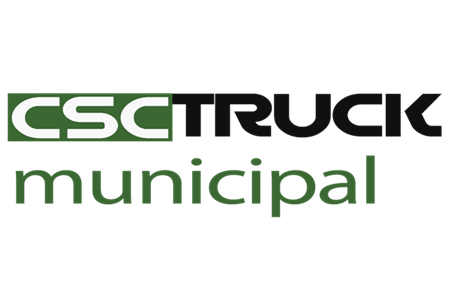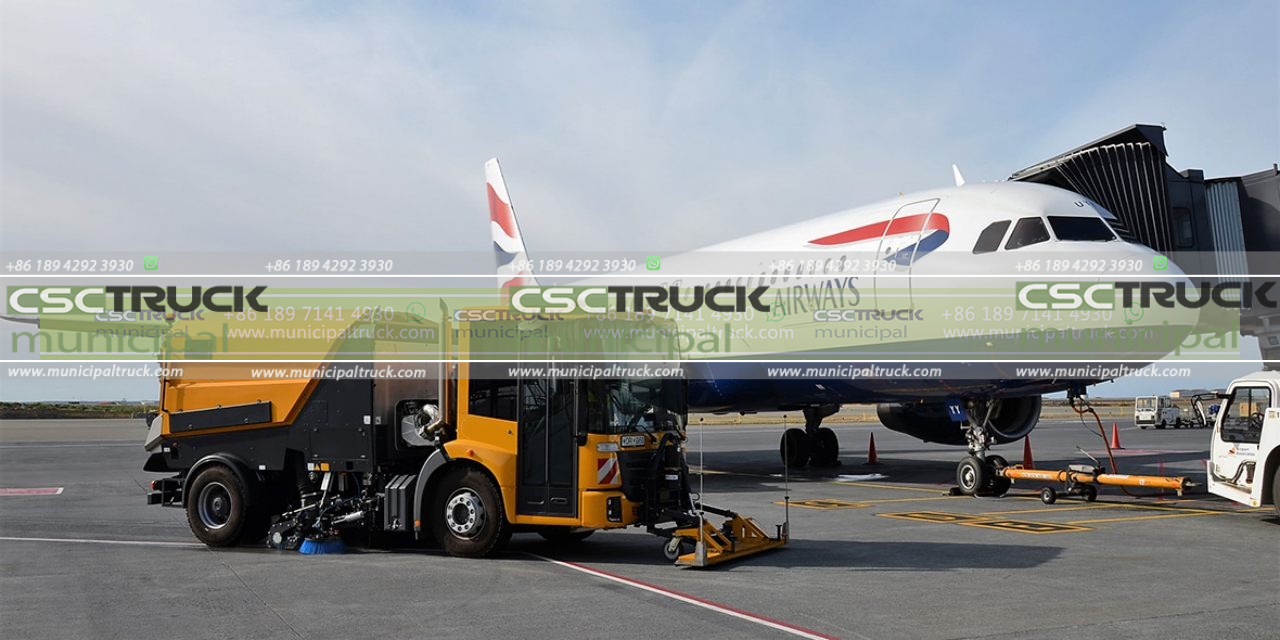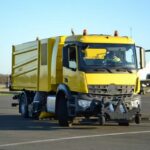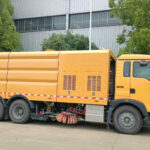Airports are bustling hubs of activity, serving as critical gateways for millions of passengers each year while accommodating countless aircraft movements and a myriad of ground services. In such high-traffic environments, maintaining cleanliness is not merely a matter of aesthetics but is essential for safety, efficiency, and overall passenger satisfaction. Airport sweeper trucks play a pivotal role in this intricate ecosystem, ensuring that runways, taxiways, parking areas, and terminal surroundings remain pristine and free of debris.
The Importance of Cleanliness at Airports
Cleanliness in an airport setting goes beyond mere appearances; it significantly impacts operational efficiency, safety, and the overall experience of travelers. Debris on runways or taxiways can pose serious hazards to aircraft during takeoff and landing, potentially leading to accidents or costly damages. Furthermore, a clean environment enhances the perception of safety among passengers, reassuring them that the airport is a well-managed facility committed to maintaining high standards.
Additionally, well-maintained airport grounds contribute to operational efficiency by facilitating the smooth movement of vehicles and aircraft. A clutter-free environment allows for easier navigation and minimizes the risk of accidents involving ground service vehicles. Moreover, passengers are likely to appreciate a clean and well-kept airport, which can influence their overall satisfaction and likelihood of returning to the same airport in the future.
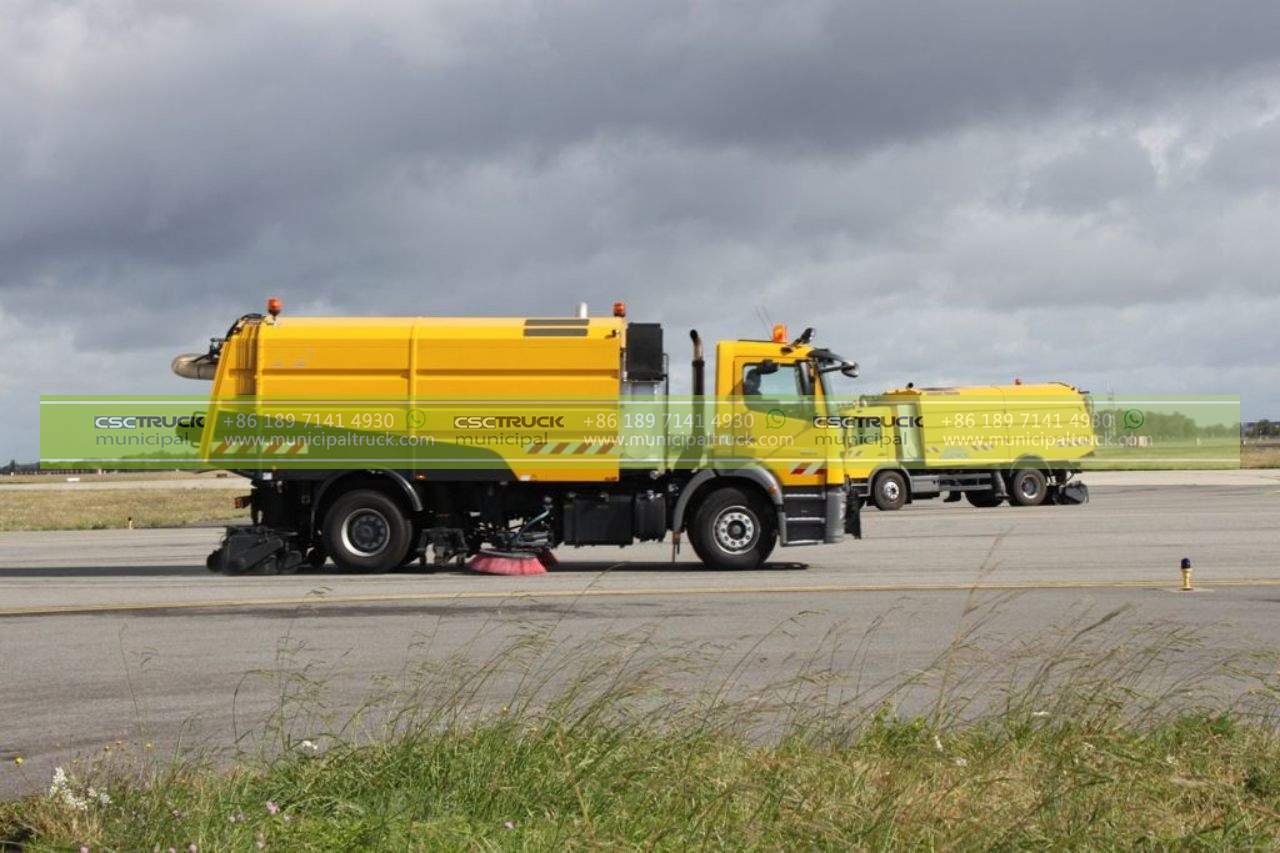
Types of Debris and Their Challenges
Airports contend with various types of debris, including organic materials like leaves and twigs, man-made items such as litter and packaging waste, and even hazardous materials like fuel spills. Each type of debris presents unique challenges for airport maintenance teams. For instance, organic debris can accumulate rapidly, particularly during autumn or after severe weather events, requiring immediate attention to prevent it from obstructing pathways or becoming a slipping hazard.
Man-made debris poses its challenges as well, particularly in areas with high passenger foot traffic. Litter, such as food wrappers and beverage containers, can detract from the overall image of the airport and may also present safety concerns if not addressed promptly. Furthermore, hazardous materials like fuel spills demand specialized cleaning procedures to ensure both safety and compliance with environmental regulations, highlighting the necessity for airport sweeper trucks equipped with the right tools for the job.
Features of Airport Sweeper Trucks
Modern airport sweeper trucks are designed with a range of advanced features that enhance their efficiency and effectiveness in maintaining cleanliness in busy environments. These vehicles often incorporate powerful suction systems that can efficiently collect both small and large debris types, ensuring that no remnants are left behind after a cleaning cycle. Additionally, many models are equipped with specialized brushes that can effectively scrub and agitate surfaces, dislodging stubborn dirt and grime that might otherwise remain.
Another critical feature of airport sweeper trucks is their maneuverability. Given the confined spaces often found in airports, these vehicles must be able to navigate narrow pathways and tight corners without compromising on cleaning efficacy. Compact designs, coupled with advanced steering systems, allow airport sweeper trucks to access areas that larger vehicles might find challenging, ensuring that every corner of the airport is kept clean.
Furthermore, many airport sweeper trucks are designed with environmental sustainability in mind, featuring low-emission engines and water-efficient cleaning systems that minimize environmental impact while maximizing performance. This commitment to sustainability not only helps airports comply with regulatory requirements but also contributes to their corporate social responsibility efforts.
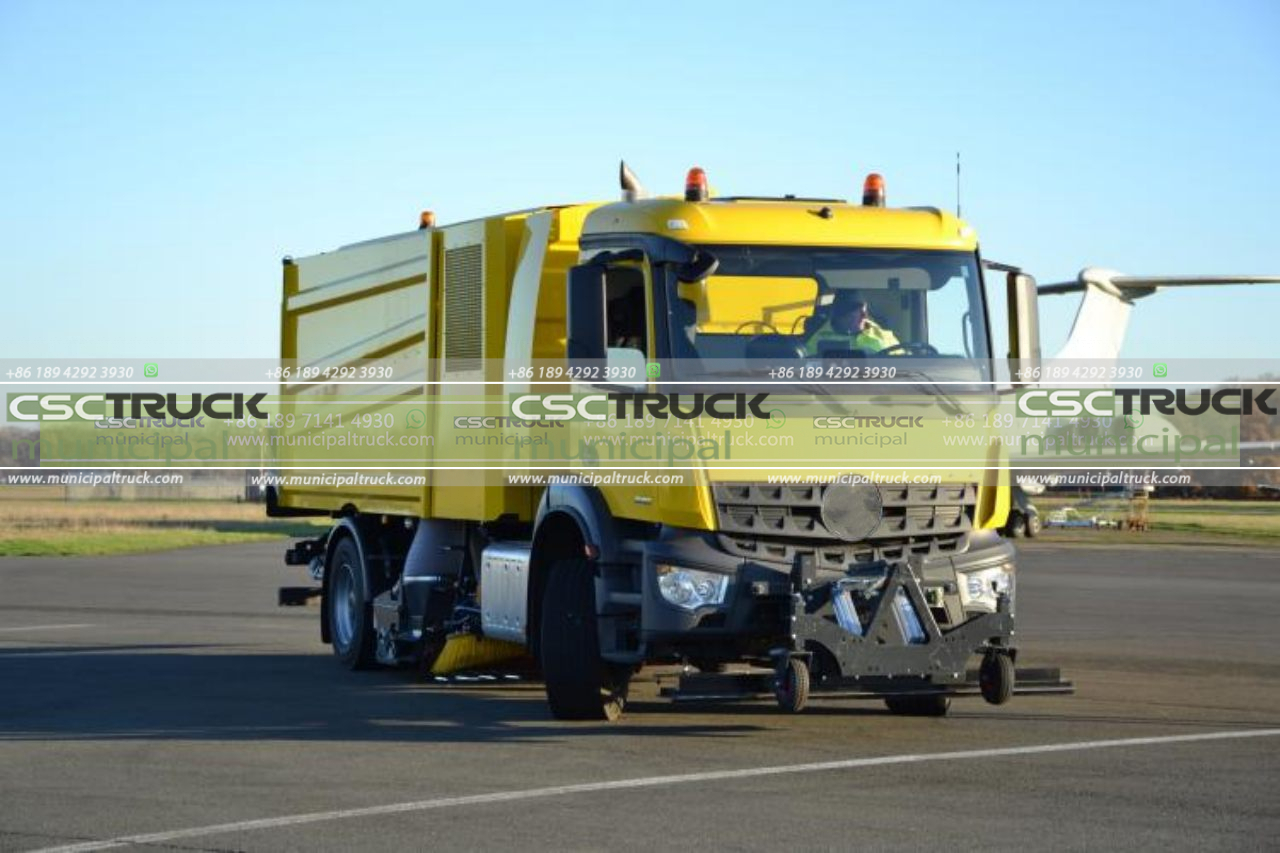
The Role of Technology in Sweeping Operations
Advancements in technology have also played a significant role in enhancing the effectiveness of airport sweeper trucks. Many modern units are equipped with sophisticated control systems that allow operators to monitor and adjust various parameters in real time, such as sweeping speed, suction power, and brush pressure. This level of control ensures that the cleaning process can be tailored to suit specific conditions, such as varying levels of debris accumulation due to seasonal changes or special events.
Moreover, GPS tracking and route optimization software have become increasingly prevalent in airport maintenance operations, allowing teams to plan efficient cleaning routes that maximize coverage while minimizing fuel consumption. By analyzing data from previous sweeps, maintenance teams can develop strategies that ensure high-traffic areas are cleaned more frequently, while less-trafficked zones receive attention as needed. This data-driven approach to cleaning not only enhances efficiency but also helps to allocate resources more effectively.
Additionally, many airports have started to integrate autonomous technologies into their maintenance operations. Some airport sweeper trucks are now equipped with automation capabilities, enabling them to navigate predetermined routes without direct human intervention. This innovation allows for continuous cleaning operations, particularly during off-peak hours, ensuring that the airport remains clean and operational without requiring dedicated human resources.
Training and Safety Protocols for Operators
The operation of airport sweeper trucks requires skilled personnel who are familiar with the unique challenges and demands of airport environments. Operators must undergo specialized training programs that cover not only the technical aspects of operating the vehicles but also safety protocols to mitigate potential risks. Given the high volume of pedestrian and vehicular traffic at airports, operators must be acutely aware of their surroundings and trained to respond to various situations that may arise during cleaning operations.
Moreover, safety protocols are established to ensure the safety of both the operators and the general public. This includes maintaining proper visibility during operations, adhering to designated speed limits, and utilizing safety features such as reflective signage and lights to alert pedestrians and other vehicles of the truck’s presence. Regular maintenance checks on the vehicles are also essential to ensure that all safety systems are functioning correctly and that the trucks are in optimal working condition.
The Environmental Impact of Sweeping Operations
As airports strive to minimize their environmental footprint, the operation of airport sweeper trucks is also evolving to align with sustainability goals. Many modern sweeper trucks are designed to be eco-friendly, utilizing technologies that reduce emissions and conserve water during cleaning operations. This commitment to environmental responsibility extends beyond the trucks themselves; many airports have implemented waste reduction programs and recycling initiatives that complement the efforts of their maintenance teams.
Additionally, the use of biodegradable cleaning agents is becoming more common, ensuring that the chemicals used during sweeping operations do not negatively impact the environment. By prioritizing environmentally friendly practices, airports can enhance their reputation as responsible stewards of the environment while also complying with regulations aimed at protecting air and water quality.
Collaboration with Ground Services
In the context of airport operations, collaboration between different service providers is crucial for maintaining cleanliness and operational efficiency. Airport sweeper truck operators often work closely with ground services, including baggage handlers, catering teams, and maintenance crews, to coordinate cleaning efforts. This collaboration ensures that cleaning operations are conducted without disrupting other essential activities, ultimately contributing to a more seamless airport experience for travelers.
For example, during peak travel times, cleaning teams may adjust their schedules to perform sweeping operations during less busy hours or focus on areas where ground services are not currently active. By strategically coordinating these efforts, airports can maintain high cleanliness standards without compromising the efficiency of other operations.
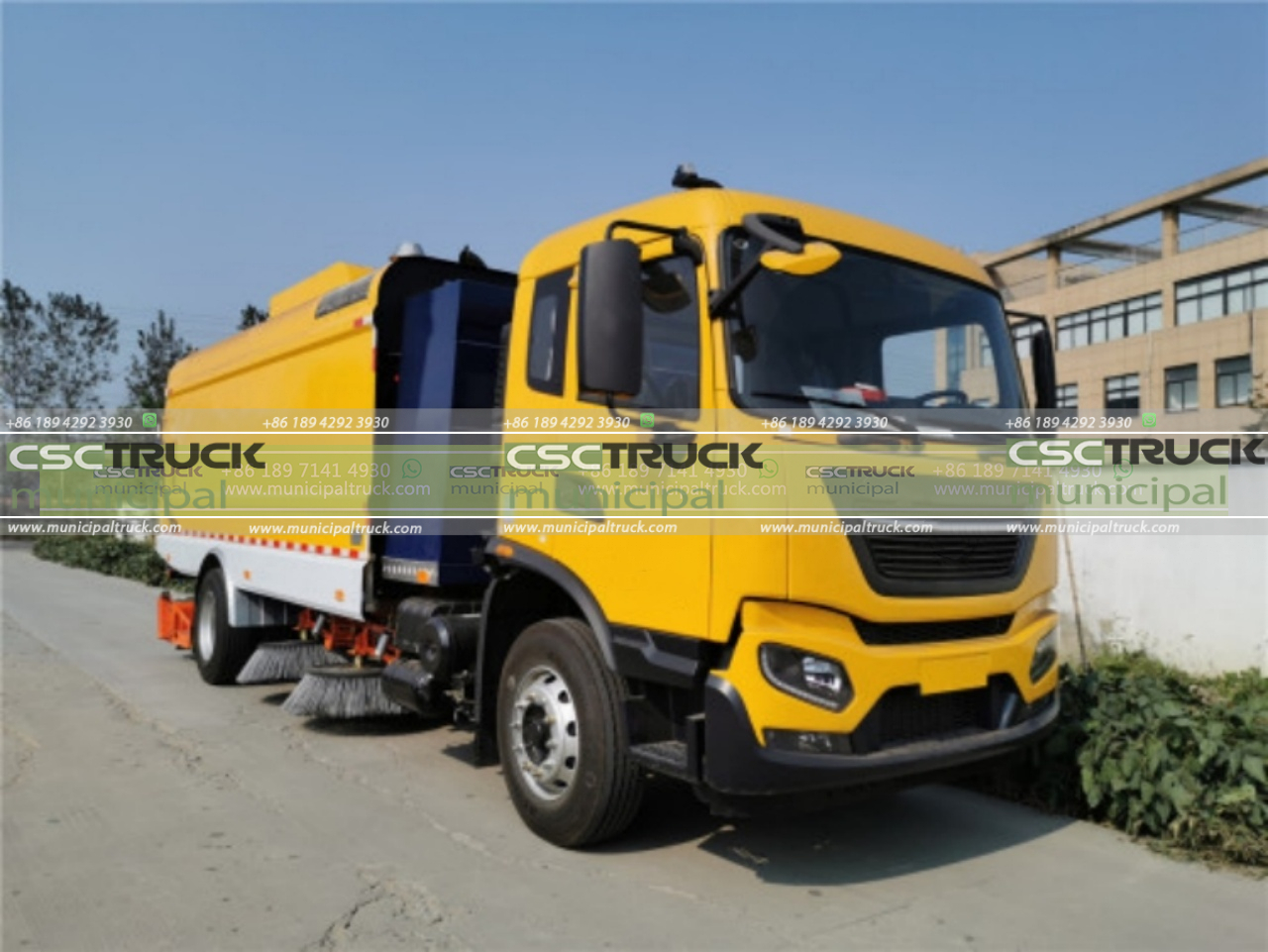
Challenges Faced by Airport Maintenance Teams
Despite the advanced capabilities of airport sweeper trucks, maintenance teams still face numerous challenges in their quest to maintain cleanliness. One of the primary obstacles is the sheer volume of debris generated in busy airport environments, particularly during peak travel seasons. The constant flow of passengers, vehicles, and aircraft contributes to the rapid accumulation of litter and debris, necessitating frequent and thorough cleaning operations.
Weather conditions also play a significant role in cleaning efforts. Rain, snow, and wind can create additional challenges, as debris may be washed away or blown into areas that require attention. Maintenance teams must be prepared to adapt their strategies based on prevailing weather conditions, utilizing appropriate techniques and equipment to ensure effective cleaning under varying circumstances.
Additionally, the need for continuous operations can strain maintenance resources, particularly in larger airports where extensive areas must be covered. Efficient scheduling, resource allocation, and team coordination are critical to ensuring that all areas are adequately serviced without compromising quality or safety.
Future Trends in Airport Sweeping
As airports continue to evolve and expand, so too will the technology and methods used in their maintenance operations. The trend toward automation is expected to persist, with advancements in autonomous vehicle technology paving the way for fully automated airport sweeper trucks that can operate independently. Such innovations could revolutionize airport maintenance, allowing for continuous cleaning operations that adapt in real time to changing conditions.
Furthermore, the integration of smart technologies, including artificial intelligence and machine learning, could enable predictive maintenance for sweeping operations, allowing teams to anticipate cleaning needs based on data analysis and trends. This proactive approach could enhance efficiency and minimize the environmental impact of airport operations while ensuring that cleanliness remains a top priority.
In conclusion, airport sweeper trucks are essential for maintaining cleanliness in high-traffic areas, significantly impacting safety, efficiency, and passenger satisfaction. With ongoing advancements in technology and a commitment to sustainability, these vehicles will continue to play a vital role in the ever-evolving landscape of airport operations.
